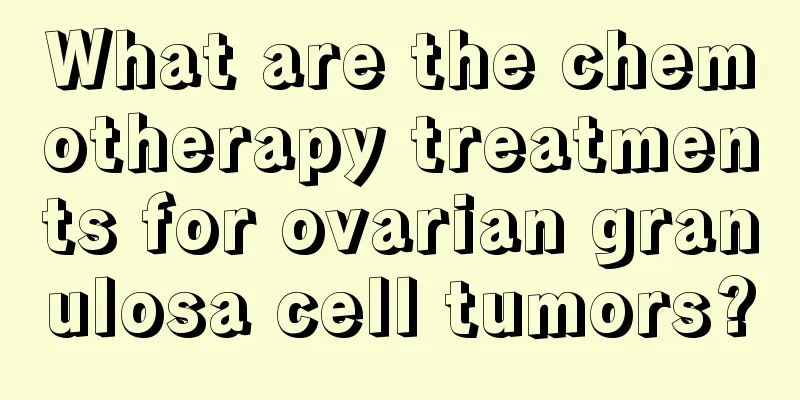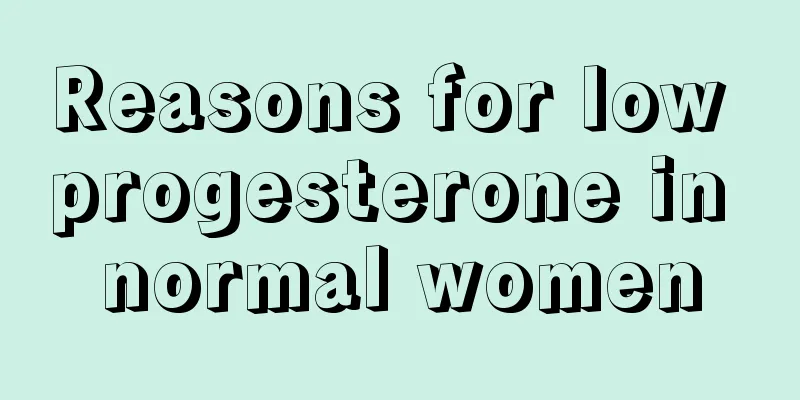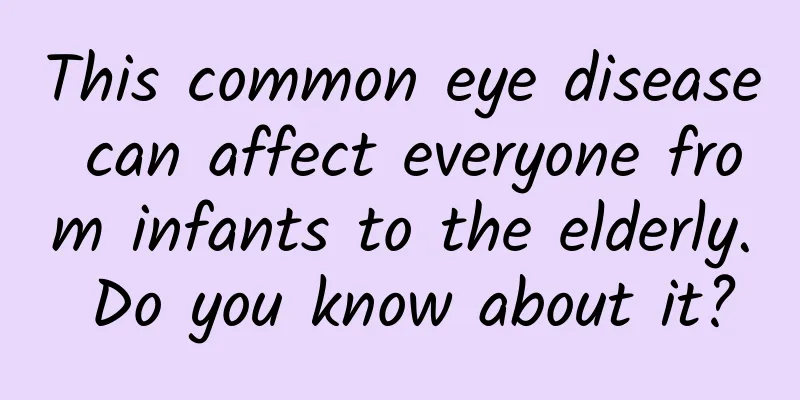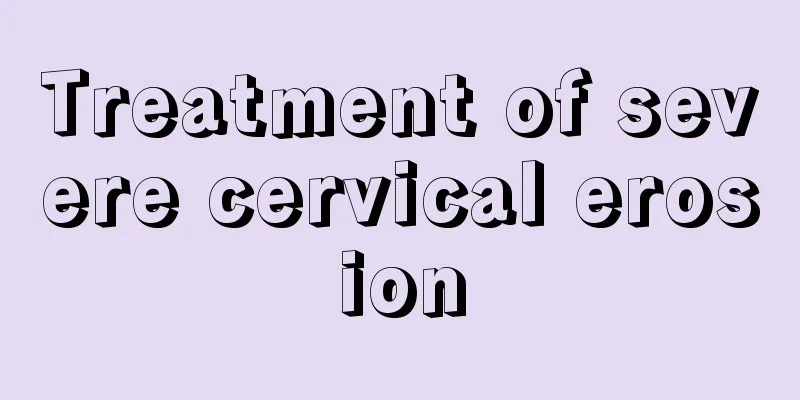What are the chemotherapy treatments for ovarian granulosa cell tumors?

|
Ovarian granulosa cell tumor is the most common ovarian tumor with endocrine function in women. This disease can occur in women of any age, and most of them occur after menopause. The incidence rate in women before puberty is very low. The occurrence of this disease is very harmful to patients. So, what are the chemotherapy treatments for ovarian granulosa cell tumor? Experts say that patients with granulosa cell tumors have a 10 times higher chance of developing endometrial cancer than normal people. Granular cell tumors are also prone to be combined with uterine fibroids, which aggravate the symptoms of irregular vaginal bleeding. 6% of patients may have breast cancer. When the tumor occurs in postmenopausal women, postmenopausal bleeding is a typical clinical symptom, and other manifestations may also occur, such as breast swelling, breast enlargement, and a right shift in the squamous epithelium maturation index of vaginal smears. 1. Surgical treatment. Surgery is the most important treatment for granulosa cell tumor, and the scope of surgery varies according to the clinical stage. (1) Comprehensive staging surgery is performed for stage I, and intraoperative exploration is very important. The pelvis, abdominal organs, peritoneum, uterorectal fossa, etc. should be carefully examined, and biopsies should be taken from multiple locations. (2) All patients with stage II and above should undergo cytoreductive surgery, including removal of the entire uterus, bilateral adnexa, greater omentum, para-aortic and retroperitoneal lymph nodes, and visible metastases. (3) Surgical treatment of recurrent tumors: Patients with recurrent tumors should adopt a positive attitude and strive for another surgery, as surgery can improve the survival rate. 2. Chemotherapy. (1) Indications: ① Postoperative patients with stage I and II or above capsular rupture; ② Preoperative application for a small number of patients who are temporarily unable to undergo surgery due to other reasons. (2) Drug selection and combination: No regimen as sensitive as the BEP regimen for treating malignant germ cell tumors of the ovary has been screened out yet. Most of the chemotherapy regimens used should refer to those for malignant germ cell tumors or ovarian epithelial cancer. 3. Radiation therapy. Although granulosa cell tumor is not as sensitive to radiotherapy as dysgerminoma, it still has a certain therapeutic effect compared with other epithelial tumors. Currently, it is mainly used for the comprehensive treatment of patients with advanced or recurrent disease. The above is the relevant content of the flower therapy of ovarian granulosa cell tumor that the experts have explained in detail. I believe that now everyone should have a general understanding and knowledge of the treatment of ovarian granulosa cell tumor. Ovarian granulosa cell tumor is very harmful to patients. I hope that patients can go to a regular professional hospital for chemotherapy to ensure the effectiveness of chemotherapy. |
<<: What to do if pregnant women have dry eyes
>>: When is the conservative treatment time for ectopic pregnancy
Recommend
If there is no stringy leucorrhea during ovulation, does it mean that ovulation has not occurred?
Ovulation is a unique physiological stage for wom...
Why do my farts smell so bad after pregnancy?
In the early stages of pregnancy, pregnant women ...
What are the causes of lower abdominal pain after menstruation?
For female friends, the menstrual period every mo...
Can mold be passed on to my husband?
Candidal vaginitis is a common gynecological dise...
Breast pain just after ovulation
There are many reasons for breast swelling, some ...
A man died after extracting 23 teeth at once! Can you only extract one tooth at a time?
When it comes to tooth extraction, everyone is fa...
What is the chance of natural conception at the age of 42?
Since the country relaxed the second-child policy...
What is Candida infection?
Candida is a fungus that is very harmful to human...
What foods can cause bloating in babies during breastfeeding?
Breast milk contains immunoglobulin G, which enha...
How to read a woman's palm
Palm lines are a sign of the arm's characteri...
How to perform cervicitis surgery
Cervicitis is a not uncommon gynecological diseas...
What does it mean when a pregnant woman dreams of sex?
The daily life of many pregnant mothers is still ...
Shock! Girls who are greedy for cold drinks are more likely to suffer from uterine fibroids
Cold drinks are the favorite of many girls, espec...
Why do my feet become swollen and itchy during late pregnancy?
When a woman reaches the late stage of pregnancy,...









